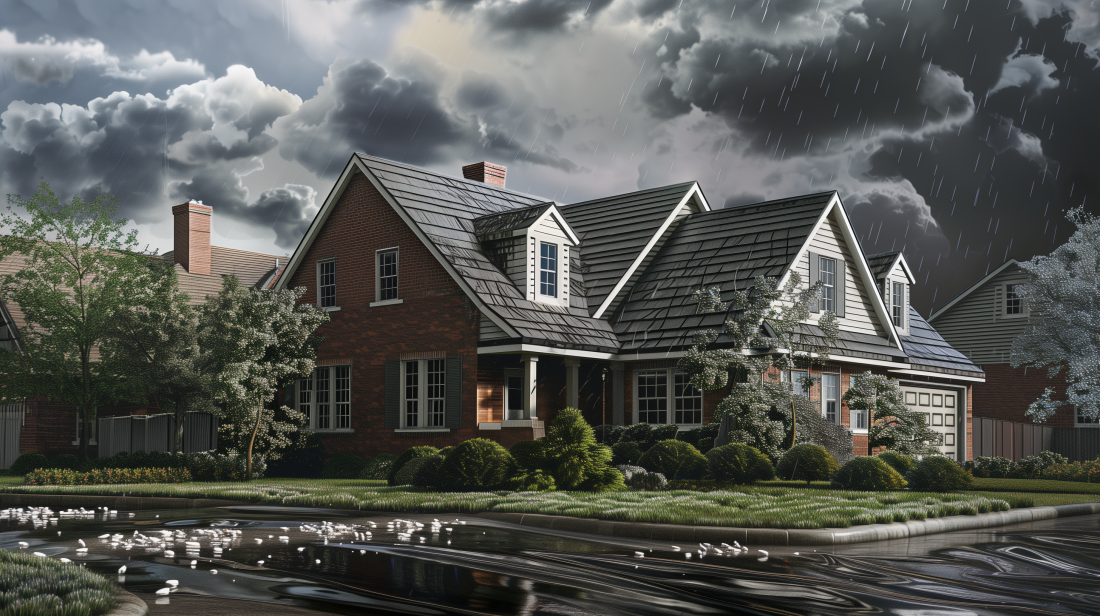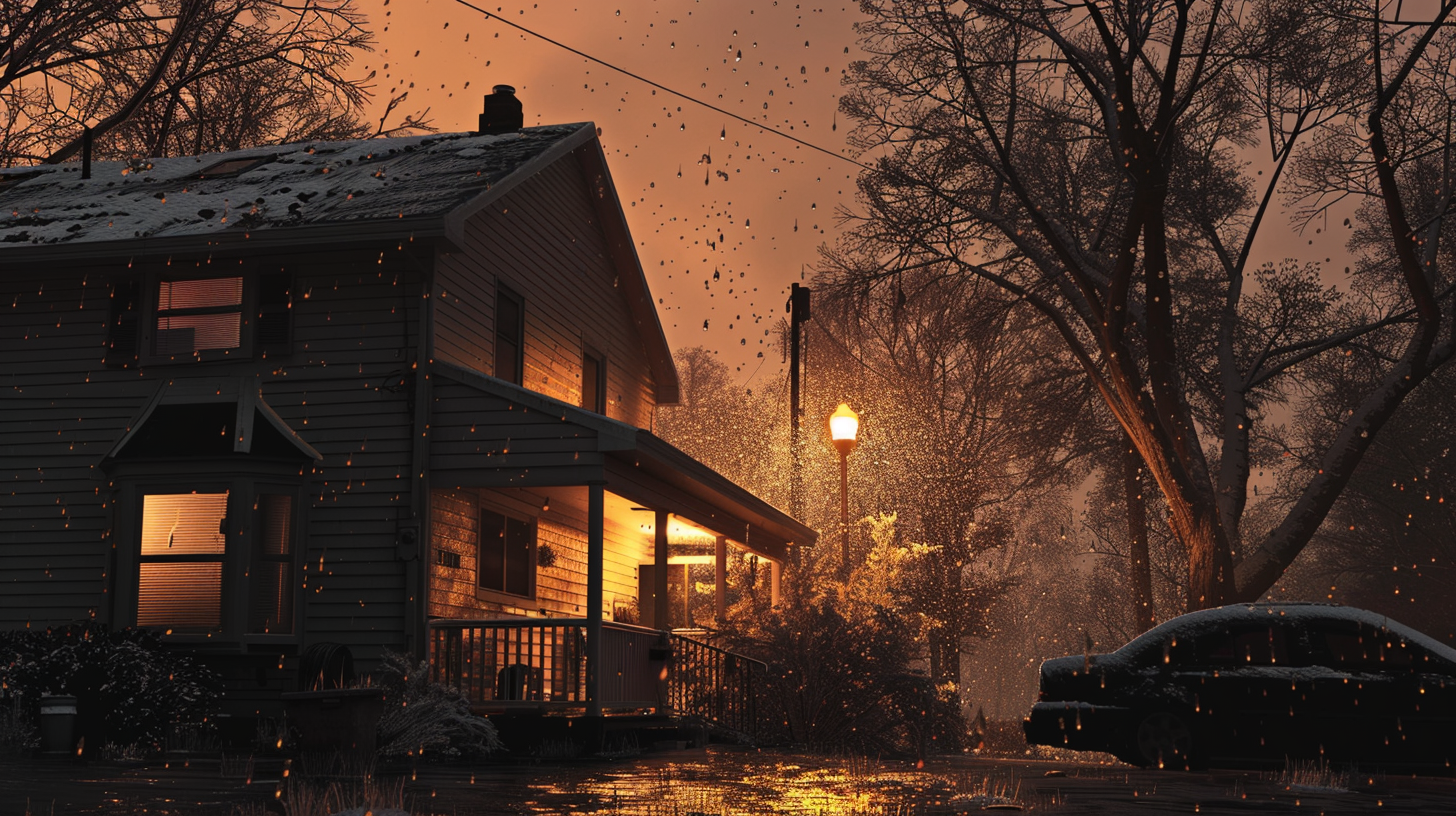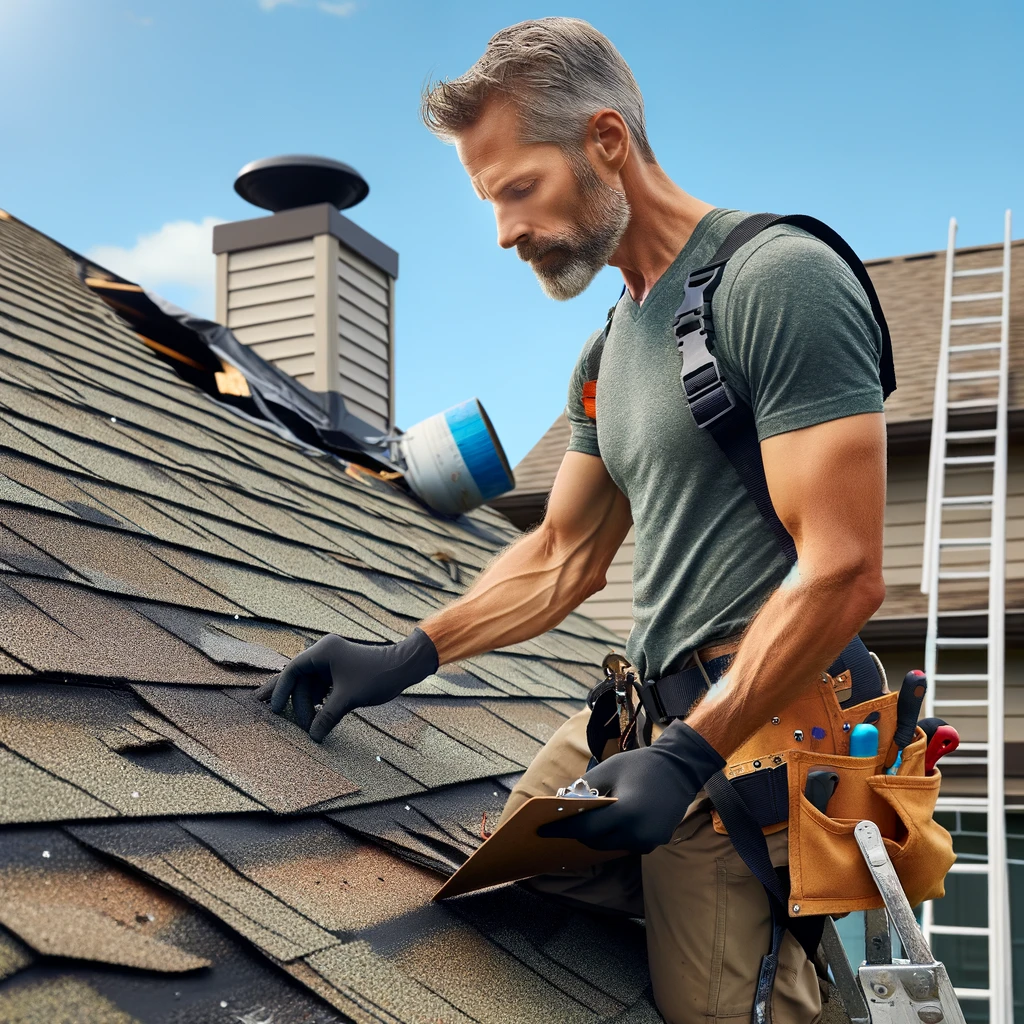Hailstorms can cause significant damage to homes and businesses, particularly to roofs, siding, and windows. If you’re in Illinois and your property has recently experienced hail damage, this guide will help you understand the repair process, identify signs of damage, and find the right professionals to restore your property.
Understanding Hail Damage
What is Hail Damage?
Hail damage occurs when hailstones impact your property, causing dents, cracks, and breaks. The severity of the damage depends on the size of the hailstones and the duration of the storm.
Common Areas Affected by Hail
- Roofing: Shingles can be cracked or broken, leading to leaks and structural damage.
- Siding: Hail can leave dents or holes in vinyl, wood, or metal siding.
- Windows: Glass can be shattered or cracked, compromising the integrity of your windows.
- Gutters: Hail can cause dents and misalignment, affecting water drainage.
Signs of Hail Damage
On the Roof
- Dented or Missing Shingles: Look for visible dents or shingles that have been knocked off.
- Granule Loss: Check for granules from asphalt shingles in your gutters or around the property.
- Leaks: Inspect your attic for any signs of water intrusion.
On Siding and Windows
- Dents and Cracks: Inspect siding for any visible damage.
- Broken Windows: Check for cracks or shattered glass.
On Gutters
- Dents: Look for dents or bends in the gutter system.
- Water Damage: Check for water pooling around the foundation, indicating gutter issues.
Steps to Take After a Hailstorm
1. Perform a Visual Inspection
Conduct a thorough inspection of your property to identify visible damage. Take photos to document the damage for insurance purposes.
2. Contact Your Insurance Company
File a claim with your insurance company as soon as possible. Provide them with the photos and any other documentation of the damage.
3. Hire a Professional Inspector
Hire a licensed inspector to assess the extent of the damage. They can provide a detailed report that will help with the insurance claim and repair process.
4. Choose a Reputable Repair Contractor
Select a contractor who specializes in hail damage repair. Ensure they are licensed, insured, and experienced in handling similar projects.
5. Repair and Restore
Once the insurance claim is approved, proceed with the necessary repairs. This may include roof replacement, siding repair, window replacement, and gutter repair.
Why Choose Allied Emergency Services for Hail Damage Repair in Illinois?
Expertise and Experience
Allied Emergency Services has extensive experience in repairing hail damage. Our team of experts is trained to handle all aspects of the repair process, ensuring your property is restored to its original condition.
Comprehensive Services
We offer a wide range of services, including:
- Roof Repair and Replacement: Using high-quality materials to ensure durability.
- Siding Repair: Restoring the aesthetic and protective qualities of your home.
- Window Replacement: Installing energy-efficient windows to improve your home’s insulation.
- Gutter Repair: Ensuring proper water drainage to protect your foundation.
Quick Response Time
We understand the urgency of hail damage repair. Our team is committed to providing prompt and efficient services to minimize further damage to your property.
Customer Satisfaction
Our priority is to ensure our clients are satisfied with our services. We offer warranties on our work and are dedicated to providing exceptional customer service.
Conclusion
Hail damage can be devastating, but with the right approach and professional help, you can restore your property to its pre-storm condition. For reliable and expert hail damage repair in Illinois, trust Allied Emergency Services.
For immediate service or consultation, you may contact us at Allied Emergency Services, INC.
Contact Information:
- Phone: 1-800-792-0212
- Email: Info@AlliedEmergencyServices.com
- Location: Serving Illinois, Wisconsin, and Indiana with a focus on the greater Chicago area.
If you require immediate assistance or have specific questions, our human support is readily available to help you.
Disclaimer: This article is intended for informational purposes only. For professional advice, consult experts in the field.










